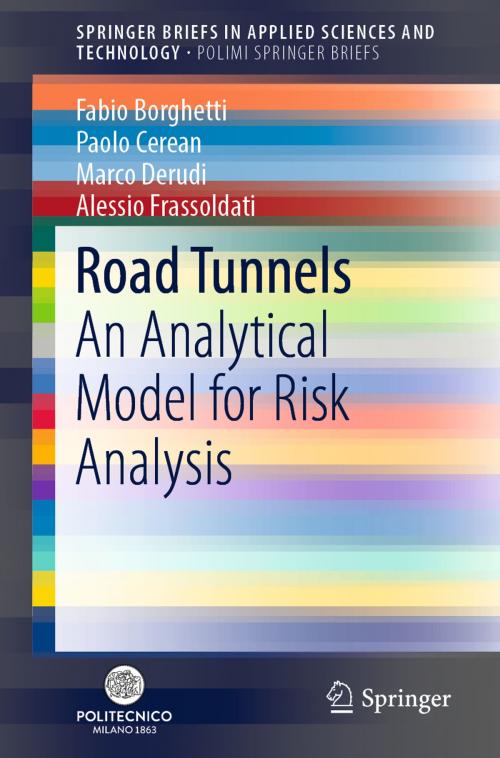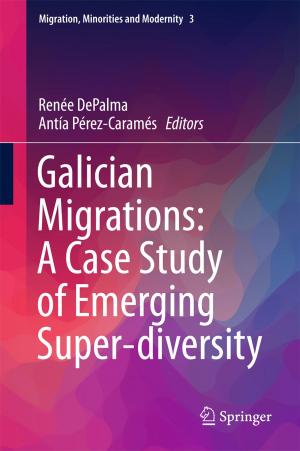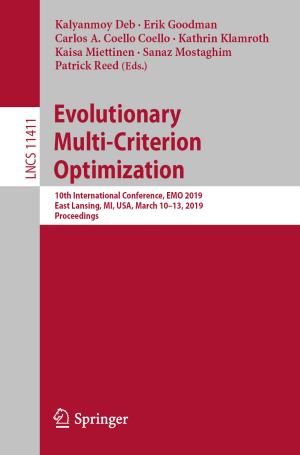Road Tunnels
An Analytical Model for Risk Analysis
Nonfiction, Science & Nature, Technology, Quality Control, Engineering, Civil| Author: | Fabio Borghetti, Paolo Cerean, Marco Derudi, Alessio Frassoldati | ISBN: | 9783030005696 |
| Publisher: | Springer International Publishing | Publication: | March 27, 2019 |
| Imprint: | Springer | Language: | English |
| Author: | Fabio Borghetti, Paolo Cerean, Marco Derudi, Alessio Frassoldati |
| ISBN: | 9783030005696 |
| Publisher: | Springer International Publishing |
| Publication: | March 27, 2019 |
| Imprint: | Springer |
| Language: | English |
This book illustrates a new quantitative risk analysis model for road tunnels that is capable of evaluating the role of infrastructure measures, equipment and management procedures as prescribed by EU Directive 2004/54/EC. The risk assessment draws on the typical F-N curves of societal risk, evaluated with the help of event tree analysis, vehicle queue formation dynamics, and users’ egress and tenability models. In addition, the model considers the reliability of the safety measures. The work provides essential guidance on the following aspects: how a quantitative model can be implemented to evaluate risk in road tunnels; how to build an event tree for the accident scenarios considered; how to simulate the vehicle queue formation; how to simulate the evolution of accident scenarios; and how to simulate the users’ egress. Given its scope and depth of coverage, the book will be of interest to all engineers whose work involves fire protection and safety in tunnels, all persons engaged in safety and transport engineering or risk analysis for road tunnels, as well as public and private bodies involved in the application of Directive 2004/54/EC.
This book illustrates a new quantitative risk analysis model for road tunnels that is capable of evaluating the role of infrastructure measures, equipment and management procedures as prescribed by EU Directive 2004/54/EC. The risk assessment draws on the typical F-N curves of societal risk, evaluated with the help of event tree analysis, vehicle queue formation dynamics, and users’ egress and tenability models. In addition, the model considers the reliability of the safety measures. The work provides essential guidance on the following aspects: how a quantitative model can be implemented to evaluate risk in road tunnels; how to build an event tree for the accident scenarios considered; how to simulate the vehicle queue formation; how to simulate the evolution of accident scenarios; and how to simulate the users’ egress. Given its scope and depth of coverage, the book will be of interest to all engineers whose work involves fire protection and safety in tunnels, all persons engaged in safety and transport engineering or risk analysis for road tunnels, as well as public and private bodies involved in the application of Directive 2004/54/EC.















